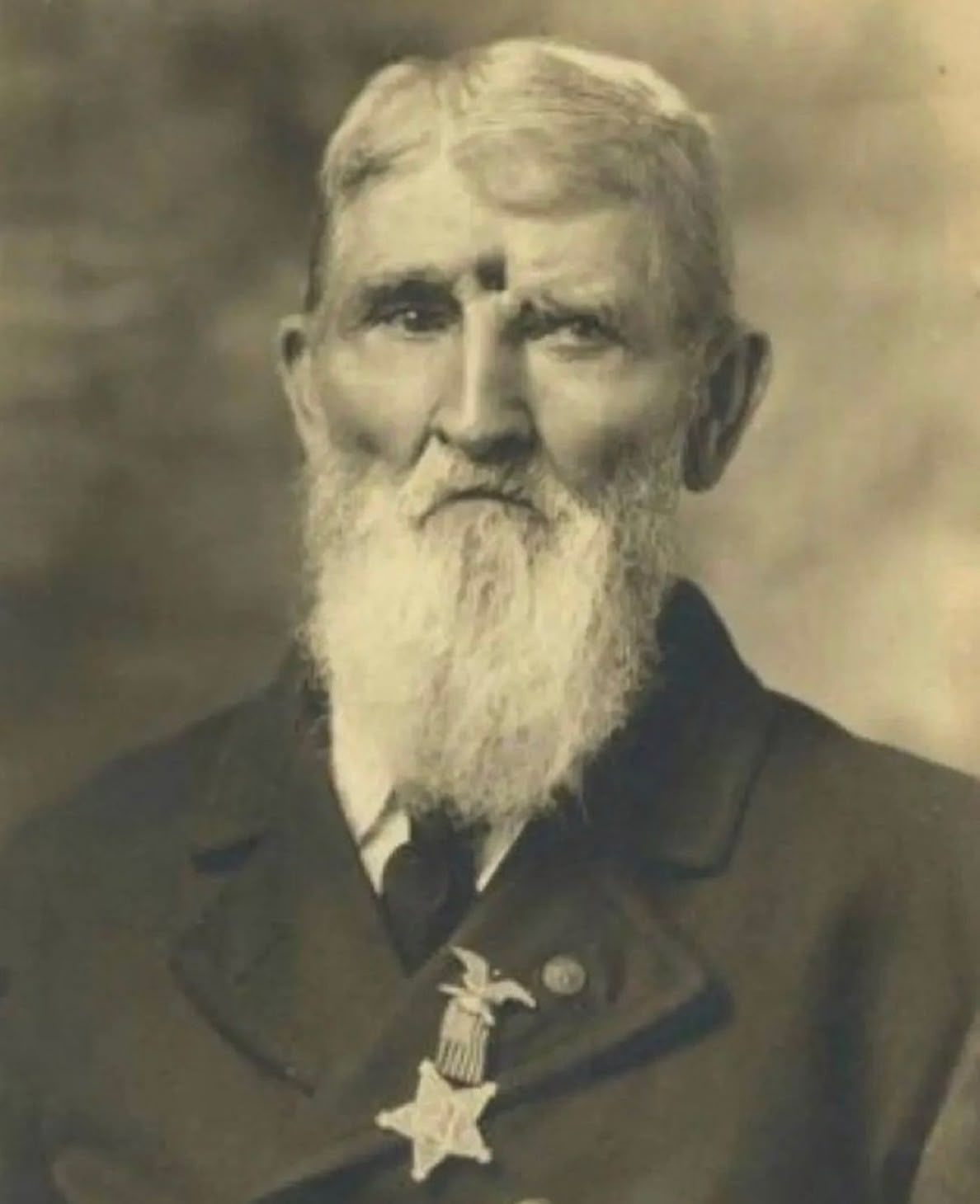Mildly interesting
-

In 1863, Union soldier Jacob Miller of the 9th Indiana Infantry was shot in the forehead during the Battle of Chickamauga and mistakenly declared dead.
Despite the severe injury, his left eye dislodged and skull fractured, he regained consciousness, treated his wounds with a bandana, and crawled 15 miles to a field hospital.
Only part of the musket ball was removed, and the rest emerged years later. Miller had fought in multiple battles before Chickamauga and shared his story with a newspaper in 1911.
He lived with an unhealed wound until his death in 1917 at age 88, leaving behind a striking photo and an extraordinary tale of survival.
-
@jon-nyc said in Mildly interesting:
Interesting in a rubber-necking sort of way.
What the hell do they use to coat the chicken tenders?
-
@jon-nyc said in Mildly interesting:
Interesting in a rubber-necking sort of way.
What the hell do they use to coat the chicken tenders?
@Doctor-Phibes said in Mildly interesting:
@jon-nyc said in Mildly interesting:
Interesting in a rubber-necking sort of way.
What the hell do they use to coat the chicken tenders?
A proprietary blend of meth and PCP would be my guess.
-
@jon-nyc said in Mildly interesting:
Large screen TVs on Black Friday sale?
My son just finished a very educational couple of months working in Walmart.
I think it's fair to say that his opinion of the human race as a whole has dropped somewhat.
-
"At first, I thought it was just a bundle of hay stuck in the branches, but when I looked closer, I realized it was alive. This giant structure was built by Sociable Weavers, and it’s not just a nest... it’s a whole city in the sky. More than 100 bird families live inside it, each with their own little entrance. When you stand under it, you can hear the faint chirps and rustling from deep within, like an apartment block buzzing with life.
What amazed me most is how long these nests last. The birds never stop working on them. They keep adding more grass, fixing holes, and reinforcing weak spots. Some nests can weigh more than a ton and stretch almost twenty feet across. And they don’t just last for a season, some have been in use for over 100 years, passed down through generations of tiny builders.
Our planet Earth is full of hidden wonders, where even the smallest creatures can build something extraordinary."

-
If you were to shave a tiger, the bold black stripes would still be visible, perfectly matching the pattern of the coat. That’s because the pigments that create the stripes are present in the skin itself, not only in the hair.
Each tiger’s stripe pattern is unique, much like a human fingerprint. These stripes serve as powerful camouflage, breaking up the animal’s outline in tall grass and dappled light, making it nearly invisible to both prey and rivals.
-
If you were to shave a tiger, the bold black stripes would still be visible, perfectly matching the pattern of the coat. That’s because the pigments that create the stripes are present in the skin itself, not only in the hair.
Each tiger’s stripe pattern is unique, much like a human fingerprint. These stripes serve as powerful camouflage, breaking up the animal’s outline in tall grass and dappled light, making it nearly invisible to both prey and rivals.
-
We had a cat who had to have her fur shaved, and her skin was the same pattern underneath



